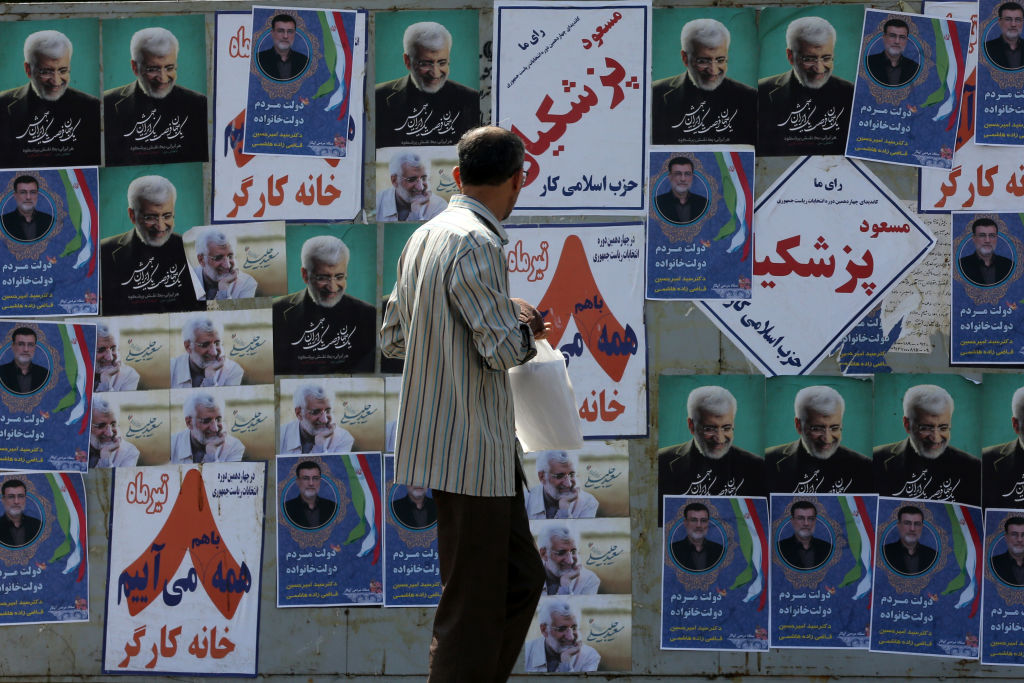Senegal’s Sangomar offshore oil field produced 16.9 million barrels of crude oil in 2024, exceeding its target of 11.7 million barrels. This achievement marks a significant milestone for the nation, which began oil production in June 2024.
The Ministry of Energy announced this development on January 7, 2025. Located about 100 kilometers south of Dakar, the Sangomar project operates as a joint venture.
Woodside Energy holds an 82% stake, while the Senegalese national oil company Petrosen owns the remaining 18%. The project aims to produce at least 100,000 barrels per day, contributing to Senegal’s energy security and economic growth.
The floating production, storage, and offloading (FPSO) vessel, named Léopold Sédar Senghor, plays a crucial role in this operation. The FPSO can store up to 1.3 million barrels and supports efficient extraction from the field’s network of wells.
In December 2024 alone, Sangomar produced approximately 2.96 million barrels and exported three shipments totaling 2.94 million barrels. This performance highlights the project’s operational success and its integration into global markets.
 Senegal Achieves 16.9 Million Barrels of Oil Production in 2024, Surpassing Expectations. (Photo Internet reproduction)
Senegal Achieves 16.9 Million Barrels of Oil Production in 2024, Surpassing Expectations. (Photo Internet reproduction)The economic impact of this surge in oil production is significant. Senegal‘s gross domestic product (GDP) grew by 8.9% in the third quarter of 2024 as a direct result of oil exports.
Senegal’s Energy Sector Growth
The International Monetary Fund projects further growth of 9.3% in 2025, driven by revenues from both oil and gas sectors. In addition to oil, Senegal is advancing its gas sector with projects like the Greater Tortue Ahmeyim LNG initiative.
This project is shared with Mauritania. This project aims to diversify Senegal’s energy portfolio and enhance export capabilities. As Senegal continues to develop its natural resources, it emphasizes self-responsibility and prudent management of these assets.
In short, the success at Sangomar not only boosts economic prospects but also positions Senegal as an emerging player in the global energy market.
Understanding these developments provides valuable insights for investors and policymakers looking to navigate the evolving landscape of West African energy resources.

 By The Rio Times | Created at 2025-01-08 22:38:05 | Updated at 2025-01-09 18:17:31
19 hours ago
By The Rio Times | Created at 2025-01-08 22:38:05 | Updated at 2025-01-09 18:17:31
19 hours ago








